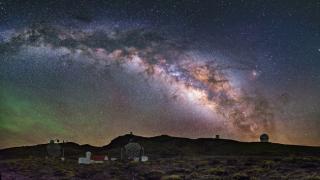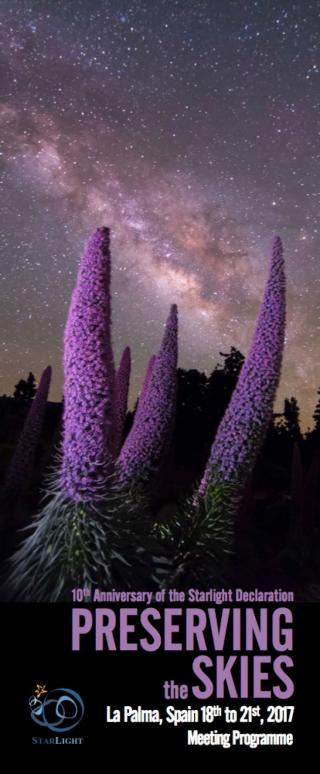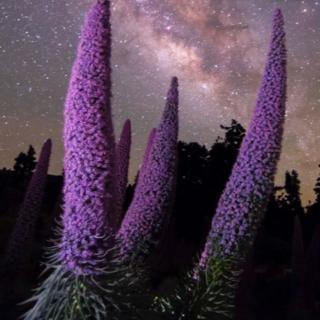
This afternoon, to celebrate the 10th anniversary of the Starlight Declaration of La Palma, (recognized internationally for the quality of its sky) the organizers of the multidisciplinary conference "Preserving the Skies" will welcome the participants after the inauguration of several related exhibitions.
Advertised on




